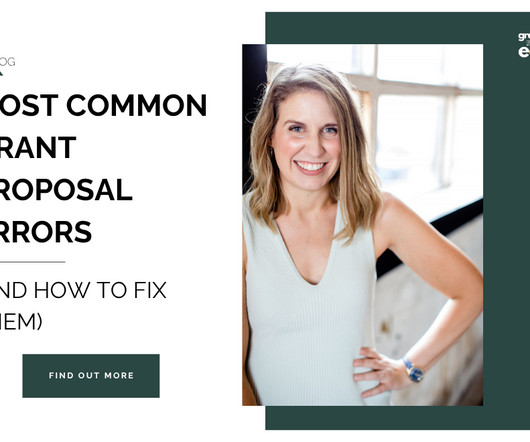Most Common Grant Proposal Errors (and How to Fix Them)
Grant Writing Made Easy
JUNE 25, 2025
Include a logic model or visual plan: Use a flowchart or diagram to show how your inputs become outputs, leading to desired outcomes. Pro Tip: Use a separate budget narrative page to explain your numbers. If allowed, include both direct and indirect costs.












Let's personalize your content